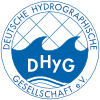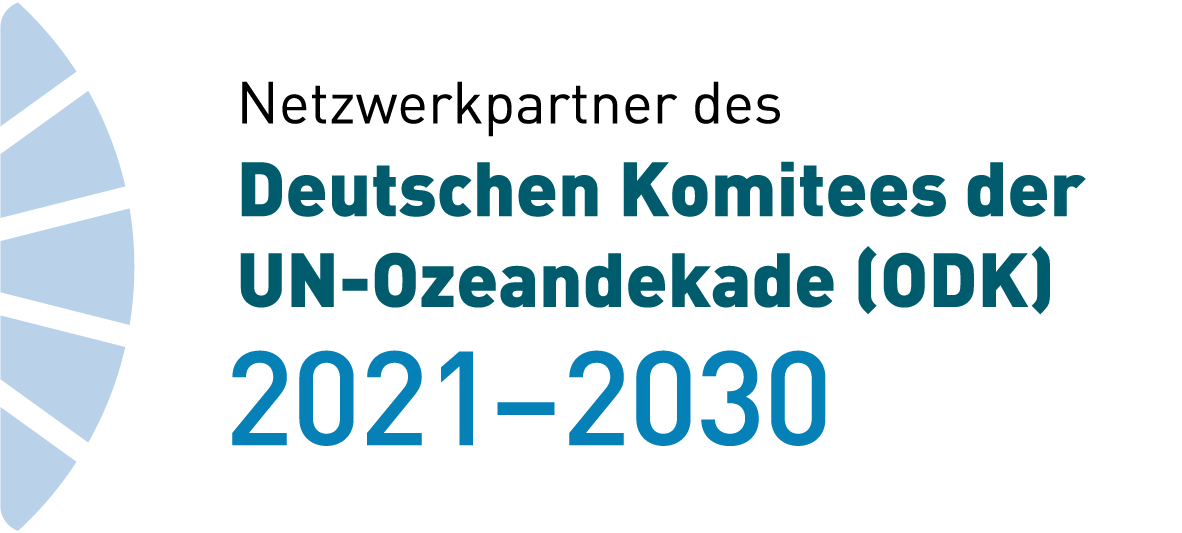Multisensor microbathymetric habitat mapping with a deep-towed Ocean Floor Observation and Bathymetry System
To describe the seafloor topography, a number of different bathymetric methods can be applied which show major differences in coverage, resolution and topographic uncertainty. In order to conduct high-resolution habitat mapping in the deep sea, subsea survey methods need to be utilised. One of those methods is the use of deep-towed sensors. This work presents the newly developed Ocean Floor Observation and Bathymetry System (OFOBS), a sensor frame with optical, acoustic and navigational sensors. With a developed processing workflow, different products are gained from post processing the collected data sets, namely submetre acoustic bathymetry, subdecimetre side-scan mosaics, subcentimetre photogrammetric microbathymetry and geometrically corrected, georeferenced submillimetre photo mosaics. The data was collected during the RV Polarstern expedition PS101 in the extreme environment of the volcanic seamounts along the Langseth Ridge in the high Arctic (87°N, 60°E).
Arctic | microbathymetry | underwater photogrammetry | deep-tow


